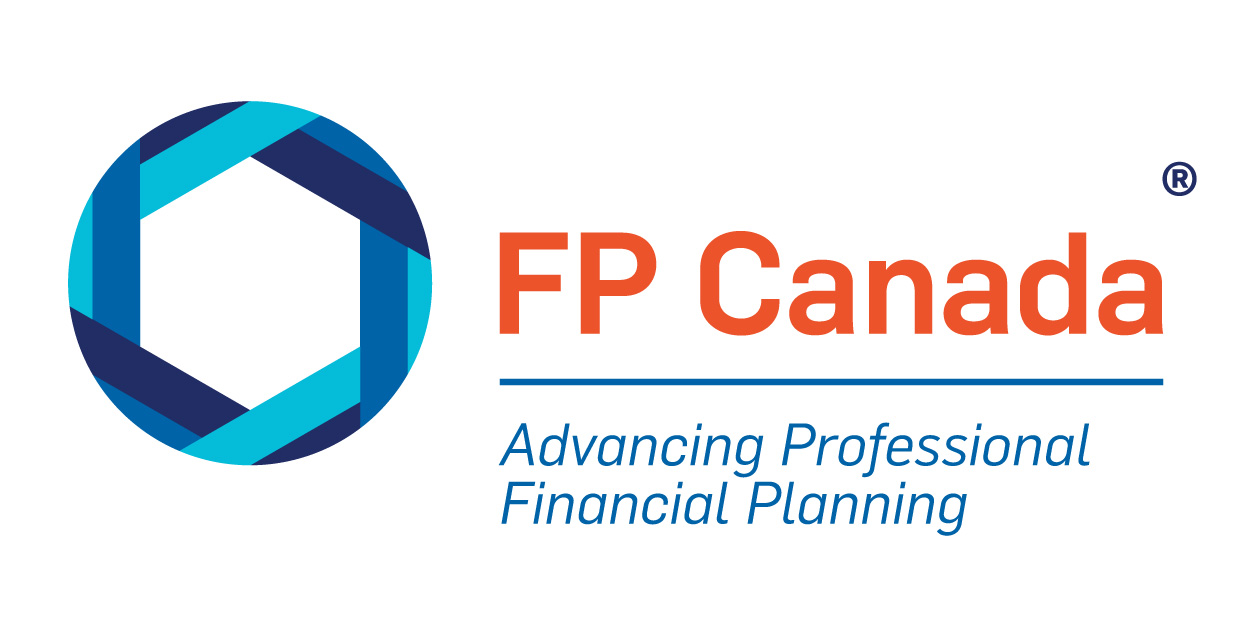For many, purchasing a home is a major milestone. Unfortunately, in today's economic climate, homeownership may feel out of reach, especially for younger adults. The good news is, committing to a plan can help you achieve this long-term goal.
Recent findings from the 2024 FP Canada™ Financial Stress Index shed light on the state of Canadians' financial well-being. The survey reveals that Canadians 35 and under face heightened economic pressures. For example, elevated rent prices have impacted almost half (43%) of young adults, compared to 27% of adults overall. High rent prices and the uncertainty of securing a lease at a reasonable price have many younger Canadians dreaming of buying their first home.
Of course, there can be significant financial barriers to purchasing a home. But careful planning, patience, and support can help make homeownership more attainable. Here are four tips to help you achieve your long-term goal of buying a home.
1. Know What You Can Afford
If you’re thinking of buying a home, start by understanding your financial situation. Working with a CFP® professional or QAFP® professional to achieve a big-picture view of your finances can be a very positive step.
A mortgage professional can help you find out what type of financing you qualify for by looking at your income and current debts. From there, you can estimate the down payment needed for a home within your budget. Typically, a minimum of 5% is required. So, for a $500,000 home, you would need at least $25,000. However, aiming for a 20% down payment can help you avoid mortgage insurance and the requirement to pass a federal stress test. A mortgage advisor can provide you with in-depth information about how down payments work.
2. Establish a Clear Budget and a Long-term Savings Plan
Working toward meeting a homeownership goal requires consistent dedication to saving. Begin by reviewing your spending over the course of the last three months to get a realistic view of your habits. From there, identify areas where you can cut back.
As a first step, organize your budget into four categories:
- Fixed Expenses — Necessary expenses like rent, loan payments, and car insurance
- Variable Expenses — Necessary expenses you have some control over, like groceries and utilities
- Savings — Ideally 10% of your take-home pay to start, adjusted based on your debts
- Discretionary Spending — Non-essential but enjoyable expenses like dining out, shopping, and subscriptions
Once you have calculated all the above expenses, subtract the total from your monthly income to determine whether you have money left over. This step will help you identify areas where you can reduce spending and increase your savings.
3. Work on Your Credit Score and Build Good Credit Habits
Your credit score is one of the most vital measures of your financial health. It’s also a key to getting approved for home financing with a bank or mortgage lender. To make your home ownership journey less stressful, start establishing a solid credit history as early as possible.
Typically, between 680-900 is considered a good credit score. The higher your score, the more likely you are to be offered favorable lending and mortgage rates. Low credit scores can be improved by paying bills on time, reducing applications for credit cards or lines of credit, and paying down debt quickly.
4. Work with a Professional Financial Planner
Working toward home ownership is a huge undertaking, but you don’t have to do it alone. A CFP professional or QAFP professional can help you create a path toward your long-term goal — and reduce the stress that often accompanies it.
The Financial Stress Index shows that Canadians who work with a financial professional, such as a CFP professional or QAFP professional, are 21% less likely to be stressed about money than those who don’t. On your path to homeownership, a planner can help you navigate the financial landscape confidently and make informed decisions at every step.
To find a CFP professional or QAFP professional who can help you make progress toward your goals, use the Find Your Planner tool.

Johanne Plamondon is a CFP professional at Raymond James Ltd.

 Find Your Financial Planner
Find Your Financial Planner



